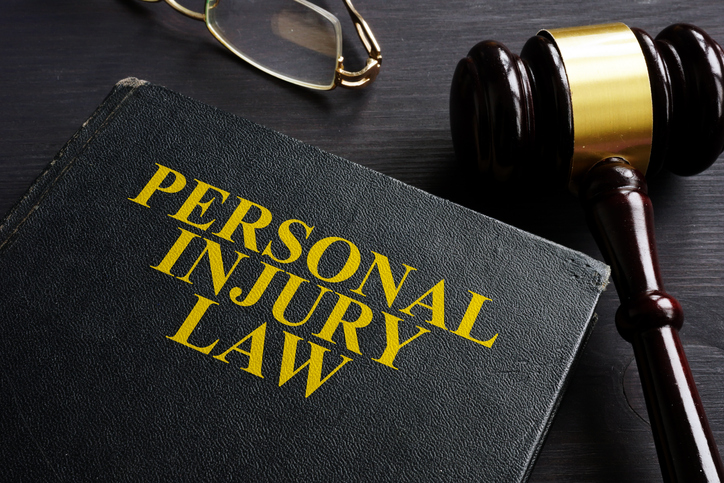
Negligence is a key element of a personal injury claim.
What Do I Have to Prove to Win a Personal Injury Case in Texas?
Key Takeaway:
To win a personal injury claim in Texas, you must prove that the other party owed you a duty of care, acted negligently, caused your injuries, and that you suffered damages as a result.
If you’ve been hurt in an accident, you may be entitled to compensation—but only if you can prove someone else was at fault.
In Texas, personal injury claims fall under civil law, meaning the burden of proof is lower than in criminal cases. You don’t need to prove guilt “beyond a reasonable doubt,” but you do need to prove negligence and damages.
Here’s what that means.
1. Proving Duty of Care
Texas law requires individuals and businesses to act with “reasonable care” to avoid harming others. This is called a duty of care.
Some duties are obvious—like a driver’s responsibility to follow traffic laws. Others may require your lawyer to establish what a reasonable person would have done in the same situation.
2. Proving Negligence
Negligence happens when someone fails to act with reasonable care—even if they didn’t mean to cause harm.
Examples include:
-
A driver texting behind the wheel
-
A business ignoring a wet floor
-
A company selling a dangerous product
If someone’s carelessness put others at risk, they may be considered negligent under Texas law.
3. Proving Causation
You must also show that the other person’s negligence caused your injury—directly or indirectly.
For example:
-
A speeding driver caused a crash
-
A store failed to fix a hazard that caused a fall
Note: If you were partly at fault, your compensation may be reduced under Texas’s comparative negligence rule.
4. Proving Damages
You can’t win a claim without proof that you were harmed. That includes both financial and non-financial losses, such as:
-
Medical bills
-
Lost wages
-
Property damage
-
Pain and suffering
-
Emotional distress
You’ll need documentation to support each.
Injured in Texas? Call Shaw.
Winning a personal injury case means proving all four elements: duty, negligence, causation, and damages. That’s no small task—but you don’t have to do it alone.
Call Carabin Shaw at 800-862-1260 for a free case evaluation with an experienced Texas injury attorney. No fees. No pressure. Just expert legal advice when you need it most.
We look forward to serving you.
 Texas Injury Lawyers Blog
Texas Injury Lawyers Blog

